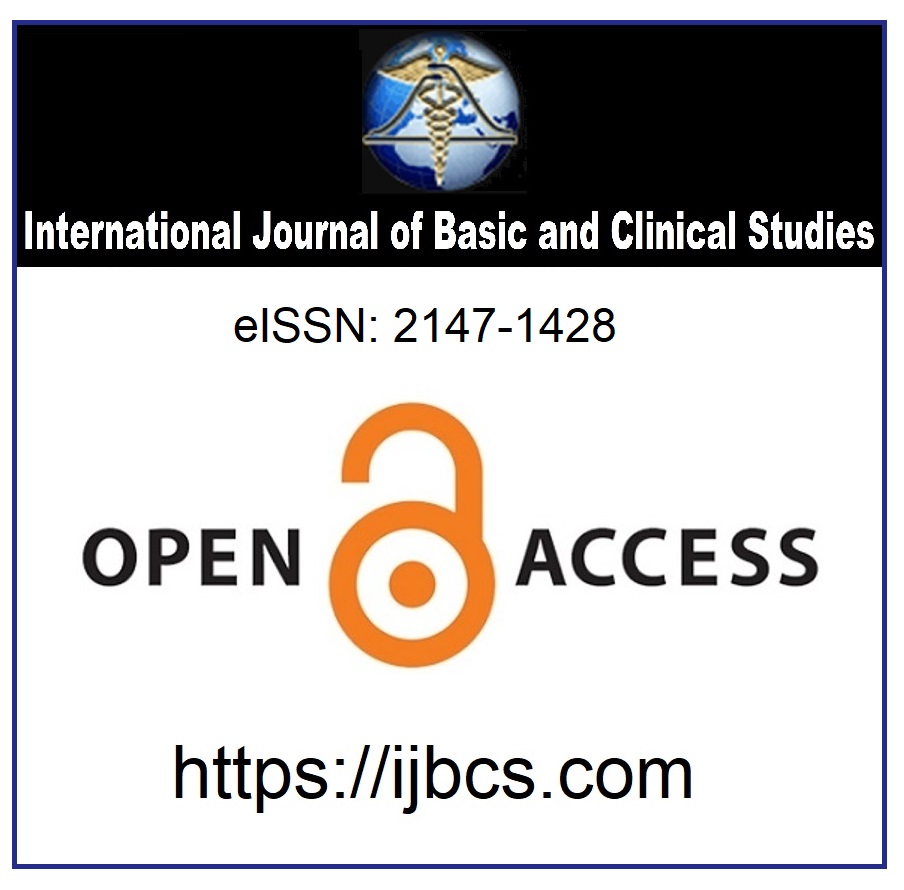Investigation of Appropriacy of Antibiotics Used for a Day in a University Hospital
Keywords:
Antibiotics, Rational antibiotic use, Antimicrobial resistance, Inappropriate use, Surgical prophylaxis guideAbstract
Antibiotics are important agents that have entered our lives with the discovery of penicillin and have an active role in treatment until today. Antibiotics, which are of great importance for modern medicine, ensure successful results in the treatment of many disease cases. In addition to successful results, there are also unsuccessful results. Apart from the intended use of antibiotics, when rational antibiotic use principles are ignored and they are not used properly, in that case, many problems can be encountered. One of the biggest problems for humanity is antimicrobial resistance to antibiotics. Antimicrobial resistance is a serious problem that can develop and threaten the world as a result of the wrong and unconscious use of antibiotics. It is aimed to apply rational antibiotic use principles in order to emerge from this risky situation. It is possible to explain the rational use of antibiotics in the correct diagnosis, using the correct antibiotic in the right dose and at the right time. Today, many health organizations are engaged in activities aimed at realizing rational antibiotic use in hospitals and society. Taking advantage
of the current antibiotic treatment guides and raising awareness of the public about the use of antibiotics by healthcare professionals are among the objectives of these activities. In our study, daily antibiotic use in a university hospital was investigated, and demographic data, clinical units, antibiotics used, intended uses, antibiogram test, and suitability of antibiotics used were investigated. As a result of the necessary examinations, it was determined that 47.8% of the patients who came to the hospital on a working day received antibiotic treatment and 61.8% of these antibiotics applied were appropriate and 38.2% were
not.
Downloads
Published
How to Cite
Issue
Section
License
Copyright (c) 2022 by the Authors

This work is licensed under a Creative Commons Attribution 4.0 International License.



